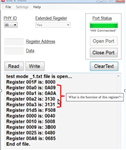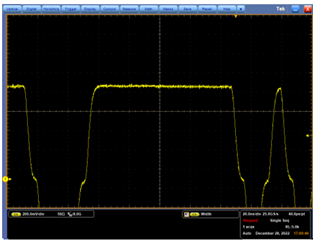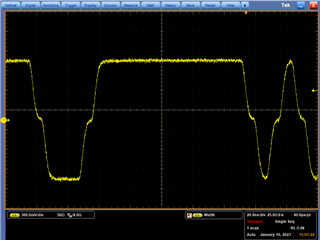hello
In the video titled below, data is set in registers 0xa0 to 0xa3 of the PHY.
"Reduce design time with easy IEEE 802.3 compliance with TI's industrial Gigabit PHY family DP83867"
but, the PHY datasheet does not mention addresses 0xa0 to 0xa3.
What is the function of this register?
The video can be seen from the page below the URL below.
https://www.ti.com/product/DP83867IS

See around 3:00
thank you.
Satoshi I





